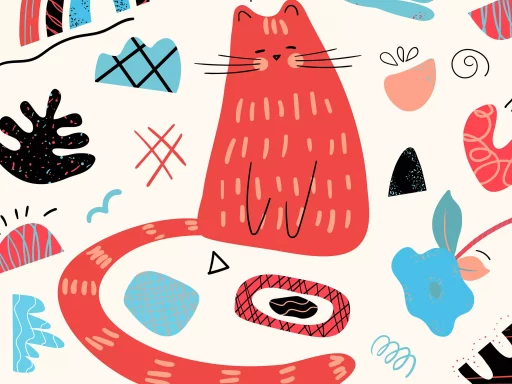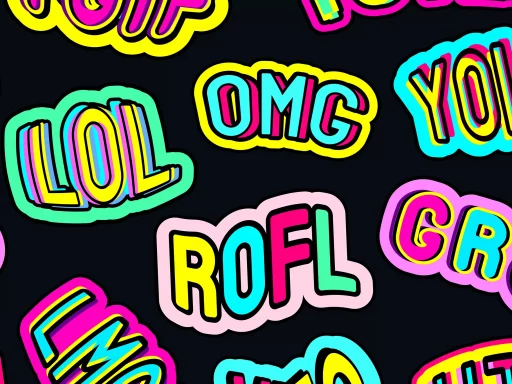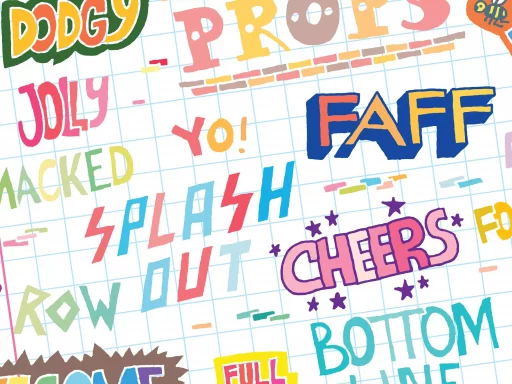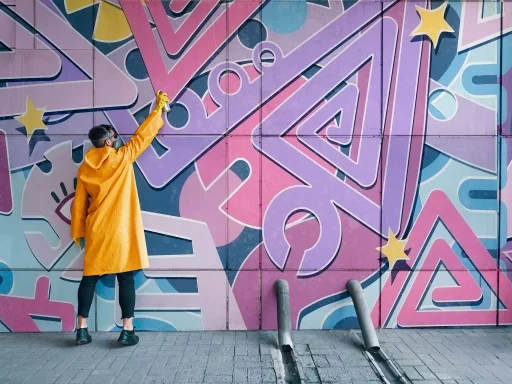Introduction
Slang is an ever-evolving aspect of language that reflects cultural trends, generational shifts, and social dynamics. However, not all slang is created equal. Some slang terms become part of popular vernacular while others fall into the realm of “bad slang”—terms that are cringe-worthy, confusing, or outright offensive. In this article, we will explore what constitutes bad slang, provide examples, delve into case studies, and present some statistics on its impact.
What is Bad Slang?
Bad slang typically refers to informal language that is considered inappropriate, outdated, or nonsensical. This can include:
- Offensive or derogatory terms
- Slang that is too niche and not widely understood
- Overused phrases that have lost their meaning
- Words that are simply annoying or cringe-inducing
Examples of Bad Slang
Here are a few examples of terms that may qualify as bad slang:
- Lit: Once signifying something exciting, its overuse has rendered it meaningless.
- FOMO: While it started as a genuine feeling, it has become a buzzword that many roll their eyes at.
- YOLO: What began as a life-affirming motto turned into a justification for reckless behavior.
- Salty: Initially used to describe someone who is upset, it now appears awkward in many contexts.
- Bae: What does it even mean? An abbreviation turned into an eye-roll-inducing term for a partner.
Why Bad Slang is Problematic
Using bad slang can have several negative implications:
- Lack of Clarity: Slang can create confusion when communication fails due to misinterpretations.
- Generational Gaps: What is cool for one generation might be cringe-worthy for another.
- Offending Others: Certain slang can be hurtful or offensive. Words that are acceptable in one context may not be in another.
- Professionalism: Using bad slang in a professional setting can damage one’s credibility.
Case Studies: The Fall of “Bad Slang”
There are numerous instances where slang has backfired miserably in commercial contexts. Here are a few notable examples:
- McDonald’s #ImLovinIt Campaign: In an attempt to attract a younger demographic, McDonald’s incorporated trendy slang that made the brand come across as inauthentic, causing backlash from millennials and Gen Z.
- Gap’s 2015 Campaign: The fashion retailer released an advertisement featuring slang that was promptly ridiculed on social media, focusing more on the cringe factor than the intended style.
- Pepsi’s Kendall Jenner Ad: An infamous example where the use of slang, alongside serious sociopolitical themes, came off as tone-deaf and trivializing.
Statistics on Slang Usage
Statistics regarding slang usage often emphasize both its prevalence and potential pitfalls. Consider the following:
- According to a study by Pew Research Center, 76% of relationships between teenagers and adults can be affected by generational slang.
- A survey from British Council noted that 65% of respondents found it challenging to understand modern slang terms.
- Studies have shown that nearly 50% of employees in professional environments have admitted to feeling alienated when slang terms are used.
How to Avoid Bad Slang
Here are some tips to steer clear of using bad slang:
- Be Aware of Your Audience: Different contexts require different slangs. Adapt to your audience.
- Stay Updated: Language evolves rapidly. What is cool now might be stale in a few months.
- Seek Clarity: If using slang, ensure it adds to clarity and doesn’t create confusion.
- Think Twice: The potential for offense or misunderstanding is worth considering before using any slang.
Conclusion
While slang can breathe life into conversations, bad slang can often lead to cringe-worthy moments, confusion, or even alienation. By staying informed and mindful, we can use language that is both engaging and respectful. Recognizing the difference between effective slang and its bad counterparts will not only enhance our communication but facilitate stronger connections across generations.






